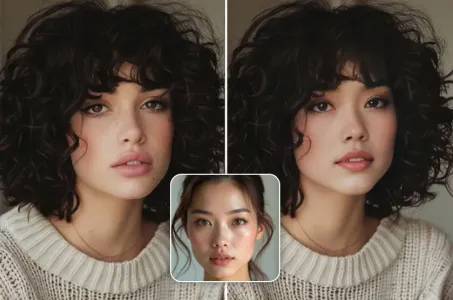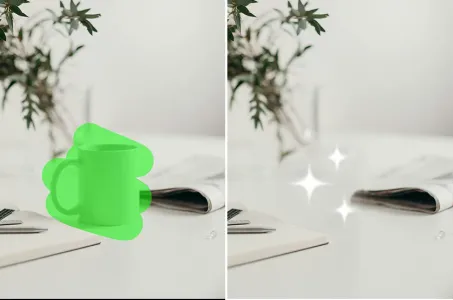Generate: Conceptualize the Theme: Think about the idea of harmony being disru


Want to know my deep secrets?
Generate: Conceptualize the Theme: Think about the idea of harmony being disrupted. This could be represented through contrasting colors, shapes, or textures. Choose Your Color Palette: Use a combination of harmonious and discordant colors. For instance, blend soothing hues with sharp, jarring colors to represent the “fractured” aspect. Create Abstract Shapes: Incorporate geometric or organic shapes that seem to clash or intersect. This can symbolize the disruption of harmony. Experiment with angular lines and broken forms. Layer Your Paint: Start with a base layer that establishes the harmonious aspect. Gradually add layers of contrasting elements to create a sense of fracture. You might use techniques like impasto or sgraffito for texture. Experiment with Texture: Apply different textures to signify the tension between harmony and disarray. For instance, smooth gradients could contrast with rough, textured areas. Incorporate Dynamic Elements: Introduce elements that seem to break apart or collide. This can be achieved through brushstrokes, splatters, or mixed media. Evaluate and Adjust: Step back and assess how well the painting conveys the theme. Adjust colors, shapes, and textures to balance the fractured harmony. I don't want any human figure as well.
Prompts
Copy
Generate:
Conceptualize the Theme:
Think about the idea of harmony being disrupted. This could be represented through contrasting colors, shapes, or textures.
Choose Your Color Palette:
Use a combination of harmonious and discordant colors. For instance, blend soothing hues with sharp, jarring colors to represent the “fractured” aspect.
Create Abstract Shapes:
Incorporate geometric or organic shapes that seem to clash or intersect. This can symbolize the disruption of harmony. Experiment with angular lines and broken forms.
Layer Your Paint:
Start with a base layer that establishes the harmonious aspect. Gradually add layers of contrasting elements to create a sense of fracture. You might use techniques like impasto or sgraffito for texture.
Experiment with Texture:
Apply different textures to signify the tension between harmony and disarray. For instance, smooth gradients could contrast with rough, textured areas.
Incorporate Dynamic Elements:
Introduce elements that seem to break apart or collide. This can be achieved through brushstrokes, splatters, or mixed media.
Evaluate and Adjust:
Step back and assess how well the painting conveys the theme. Adjust colors, shapes, and textures to balance the fractured harmony.
I don't want any human figure as well.
0 comment
0
1
0








